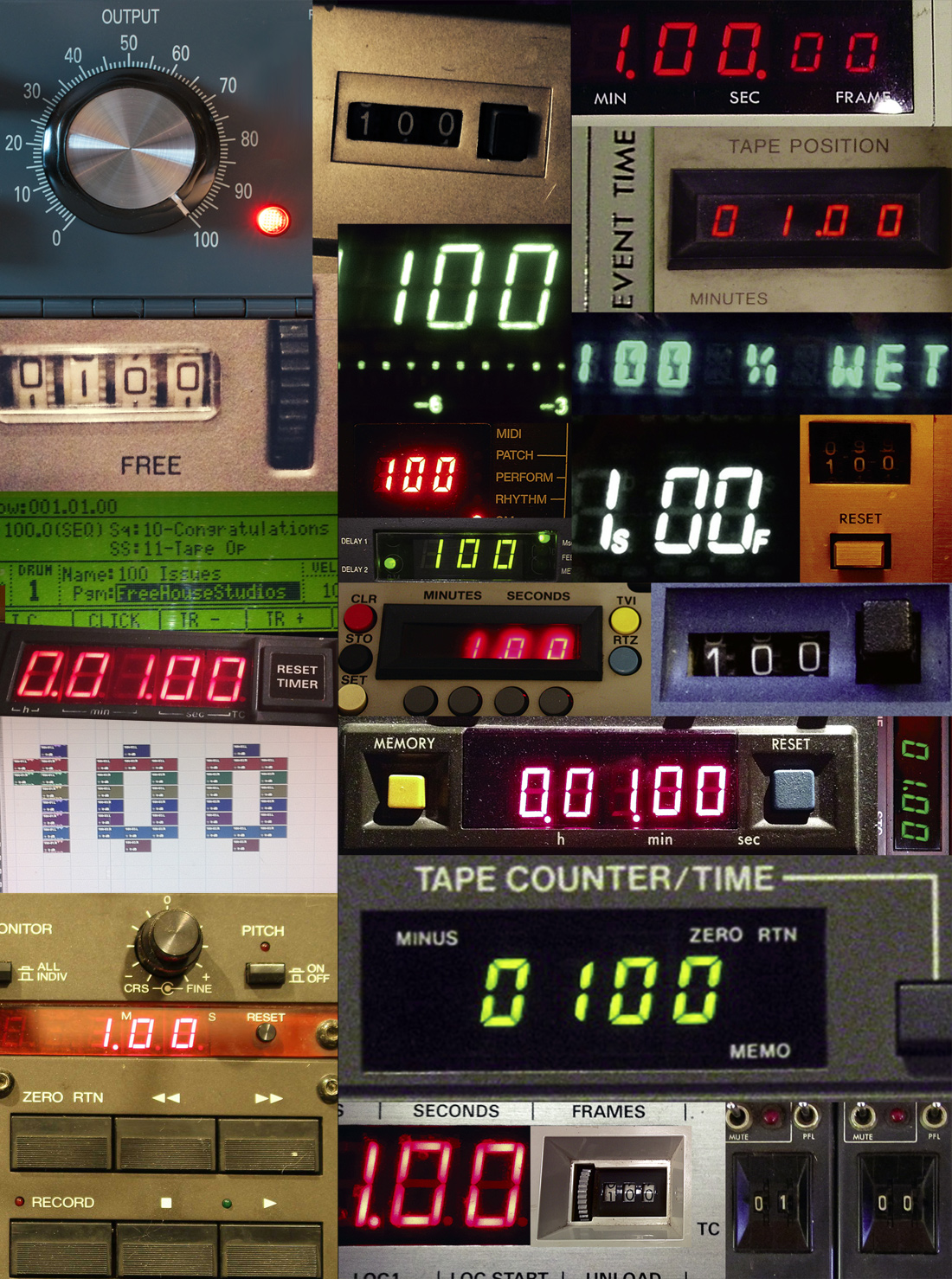The Neumann U 67 is one of my favorite mics of all time; I use it on nearly every tracking date that I do, on a variety of instruments, including electric and acoustic guitars, as well as vocals. When I got the Z-67 from ADK's Z-Mod line to review, I rang my friend Jonathan Tyler and asked if he'd indulge me with some songs so we could check out the mic against its spiritual grandfather.
Upon opening the rather large case, I found a great set of tools: the hefty power supply, a well-constructed shockmount, an AccuSound XLR cable, a 7-pin mic cable, a nice pop filter, and of course, the mic itself. The Z- 67 is solidly built, with a great vintage-style hammertone finish. The circuit board is simple and populated with quality electronic parts.
I plugged the Z-67 into the balanced power in my studio, along with my favorite U 67 at The Complex, and let them cook for a while. The first thing I noticed when I patched the mics into my Chandler TG2 preamp [Tape Op #39] was the significantly lower self-noise of the Z-67 - despite the U 67's NOS Telefunken tube.
First up was a finger-strummed acoustic guitar. Placed about 18'' from the guitar, I got a big full sound with the U 67, with the great presence rise that I love on this mic. The Z-67 seemed to have this rise at a lower frequency, and seemed very mid-forward in comparison, making the U 67 sound almost scooped. Here, the U 67 had better clarity. One point to the U 67.
On a pick-strummed guitar, however, the Z-67's presence bump highlighted the plectrum-on-string detail that I was looking for. All the while on acoustic guitar, the Z-67's bottom end was consistent and never boomy. One point to the Z-67.
On JT's voice, this mic was just stunning. It complemented his tone with a clarity that I've been searching for. It was head and shoulders above the U 67 for this application. The Z-67 never folded, never distorted, and he could really work the mic to get a dynamic take with hardly any compression necessary, using the realistic proximity effect to his benefit on quieter passages. Jonathan reported that it felt very natural to sing into the mic, and he could really feel what he was doing. Point to the Z-67.
Electric guitar produced mixed results between the two mics. On a late '60s Telecaster Deluxe plugged straight into an incredible '50s tweed Fender Deluxe amp, the presence curve of the Z-67 could make it a little harsh sounding at times, while the U 67 was a little more gentle and forgiving. I could imagine the Z-67 being more useful on a darker sounding combo amp to bring out the detail in the part. On chunky parts, the Z-67 felt "faster" and more responsive to transients than the old U 67, which could get a little saturated and maybe a little soggy sounding. I feel like this application is a draw.
Overall, the Z-67 is a solid mic with a great feature set and sturdy construction. That it compared so favorably to one of my favorite mics is a testament to the enormous amount of work that ADK has reportedly put into developing this mic. ($2999 street; www.adkmic.com)




_disp_horizontal_bw.jpg)